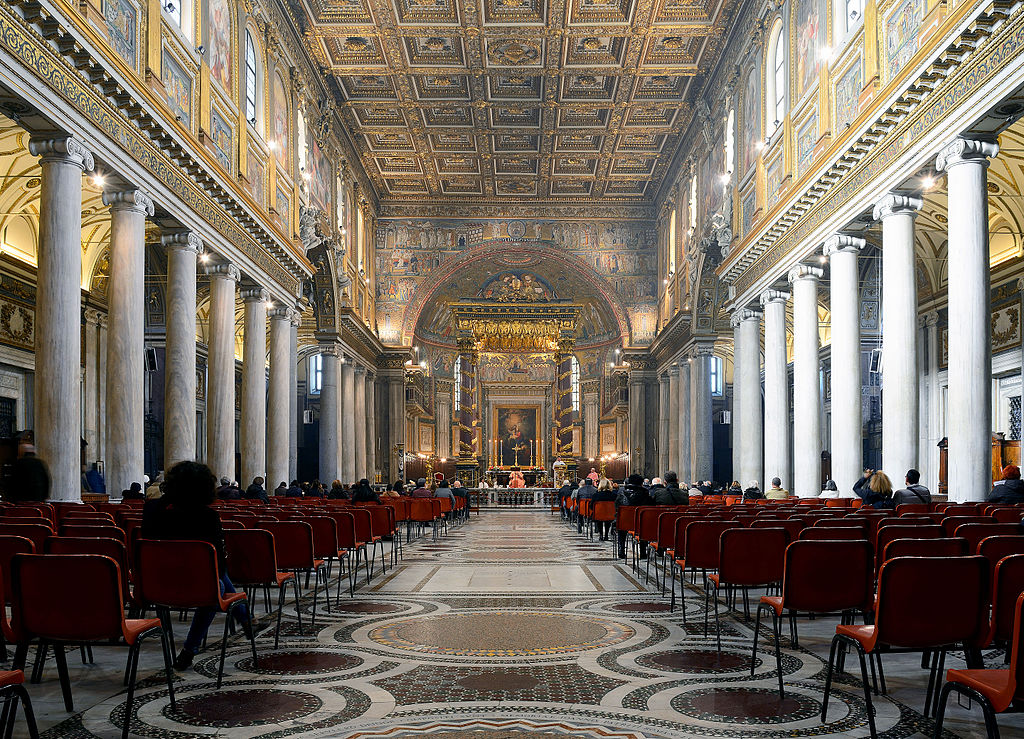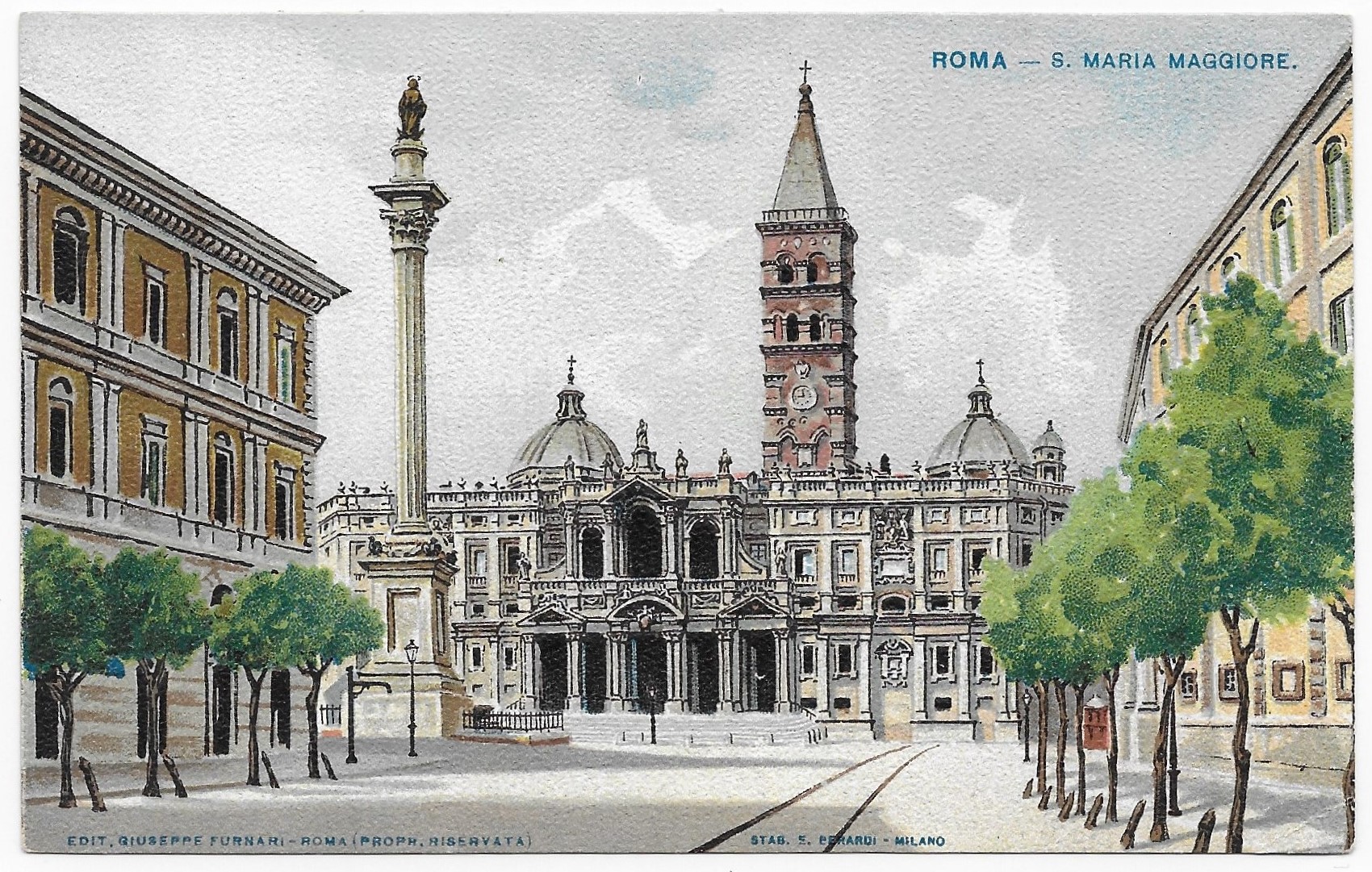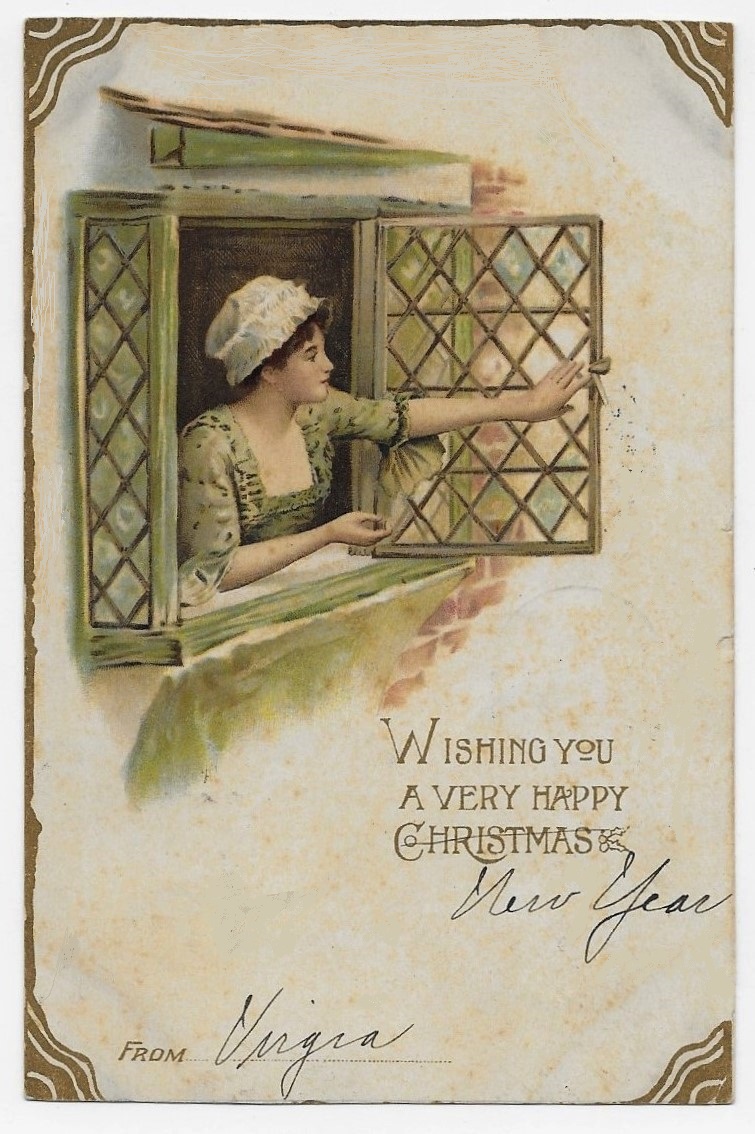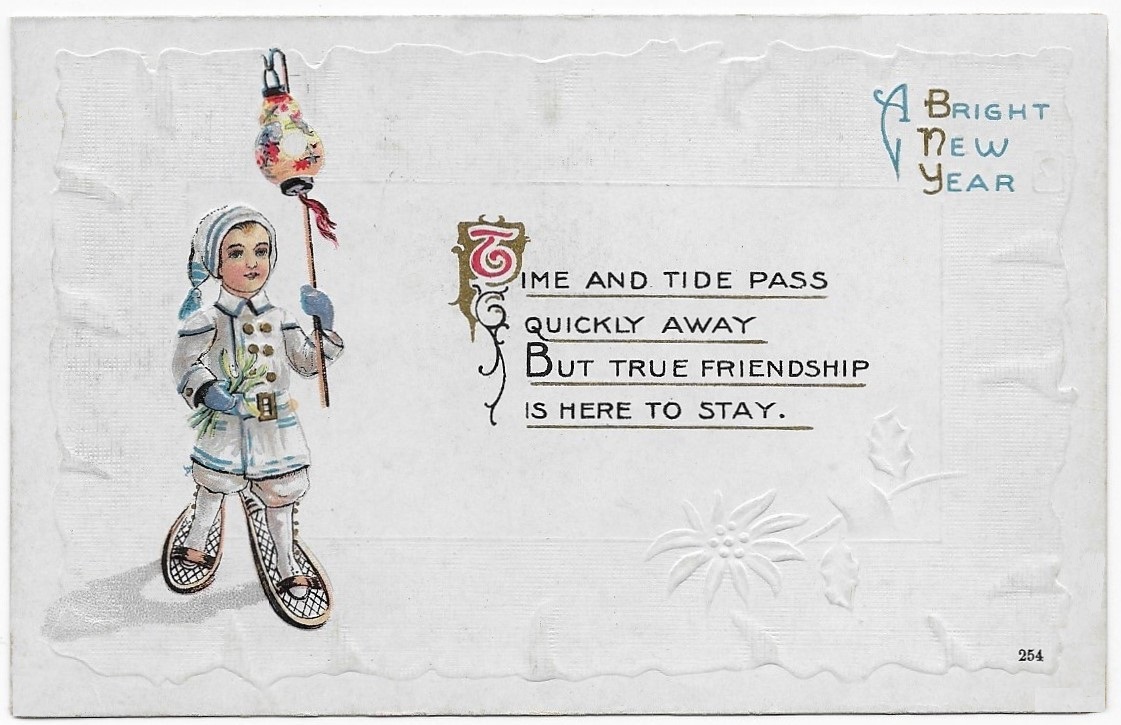Since ancient times, faithful people from all parts of Europe and the Near East made pilgrimages to Rome -to visit the tombs of Sts. Peter and Paul and to perform acts of devotion at these places and at other shrines to martyrs and saints.
As Europe emerged from the “Dark Ages”, an early marker of political and economic stability was the appearance of pilgrims.
The Via Francigena (Italian), “the road from France”, is noted in literature of the 8th century, and there were several variations in succeeding centuries.
https://en.wikipedia.org/wiki/Via_Francigena
After the evangelization of England in the early 7th century, this pilgrimage route from Canterbury to Rome was known in the Frankish Kingdoms as “Chemin des Anglois”.
The routes were well-established, marked with signs and trail markers, and connecting monasteries and abbeys where pilgrims could find simple food and lodging.
Modern readers may be surprised to learn of the enormous amount of traffic on the pilgrimage routes.
As the Canterbury Tales (14th century) reminds us, the motives for pilgrimage were diverse – piety, penance, penal sentence, absolution, sight-seeing, exile, restlessness, or the quest for adventure.
Despite the changeable fortunes of the Papacy and of Rome, the erection of pilgrimage churches in Rome continued throughout the Middle Ages.
Today, these pilgrimage sites of Romanesque, Gothic, and Baroque splendor still inspire wonder and awe.
The Papal Basilica of St. Major Major is one of the four Papal churches and one of the seven Pilgrimage Churches in Rome.
https://en.wikipedia.org/wiki/Santa_Maria_Maggiore
The first church on this site was erected in the early 5th century, immediately after the Council of Ephesus pronounced Mary as “Mother of God”.
The Basilica is now outside the bounds of Vatican City, but is established by treaty as an independent possession of the Catholic Church (as an Embassy would be.).
The church holds venerated relics and significant artistic treasures including paintings, celebrated mosaics, and the tombs of seven popes.
This postcard illustration of Santa Maria Maggiore was printed by Giuseppe Fornari of Rome.
The artwork seems to originate in Milan.
This souvenir of Rome was published circa 1905; it was not mailed.
One hopes that the tourist or pilgrim who collected the postcard was moved by the beauty of this much-loved place.

This image is from the Wiki site linked above.





